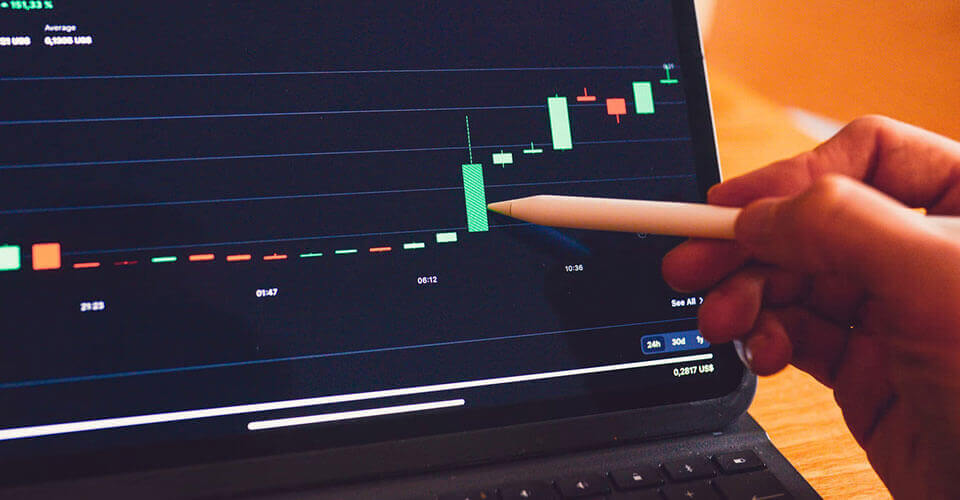Managing Hotel Revenues and Profitability – A Paradigm Shift
As the dust settles on major economic and fiscal reform initiatives in India, we take a look at the challenges facing the Indian hospitality industry. Further, we try and analyze how a new set of challenges are likely to bring about a paradigm shift in the way hotels are likely to manage revenues, costs and profitability margins in the future
The Macro Environment
After witnessing robust economic growth at 8.5% – 9.0% is later years of the last decade, India’s economic expansion eased to 6.7% in 2011-12, a decade-low of 4.5% in 2012-13 and a low 4.9% in 2013-14. Today, these tailwinds causing a drag on the economy have been navigated successfully. Backed by an aggressive economic and fiscal policy reforms, the country is back to the 7.5% – 8.0% annualized GDP growth trajectory. In the shorth term, we are likely to witness a regime of relatively high inflation and interest rates will also continue to trend higher.
The Indian economy has started showing early signs of having effectively bottomed out. Currently, the economy seems to be on the path to recovery, with indicators of industrial production, stock market index, auto sales and exports having shown some uptick.
Hotel Demand, Supply & Margins
Consistent with the positive economic sentiments, demand in hotels has also started rising over the last 24-36 months, however the average rates growth and profitability margins continue to remain under pressure. In FY13, the pan-India occupancy levels fell to 56.0%, the lowest in 10 years from a peak of 71.0% in FY07 and is estimated at 69.0% in FY18. The Average Room Rates (ARR) from their peak levels of Rs8,500 in FY08, witnessed a drop of almost 40.0% to Rs5,200 in FY13 and is expected at Rs5,500 in FY18. It is our opinion that quantitative and qualitative easing of lending to the sector will take time to become favorable.
Like any other industry, the stress and uncertainty in the banking system and lack of liquidity is having its toll on the performance of the Indian hospitality industry. The NPA situation and quantum of stressed loans has placed the hospitality industry in an extremely precarious and unknown territory where assets are struggling to achieve expected margins to service the debt service liability and delivering optimal Return on Capital Employed to the owners and investors. According to RBI data, the gross stressed loan value is estimated at Rs11,000 crore which is 27.0% of the total lending exposure of approximately, Rs40,500 crore, as on March 2018.
The uncertain economic environment is here to stay in the short term…
There are still a number of downside risks to the economy which includes, but is not limited to, fuel price and MSP linked inflation surges, lack of liquidity in the banking system, slower infrastructure financing, impending fuel price hikes, etc. While, demand for hotel accommodation across segments and feeder markets will continue to be positive, rates and margins will continue to be subdued till the economy fully bottoms out and exhibits signs of consistent recovery. Uncertainty in the economic environment will force businesses to continue with austerity measures and discretionary spends on travel will be a sure victim.
Pressure of supply will not allow for significant rate improvements…
The total room inventory for the country in the classified segment is currently estimated at approx. 150,000 room. The cumulative supply in India had grown at a CAGR of approx. 12.0% for the period 2003 – 2013. The demand for the corresponding period had grown at a CAGR of approx. 16.0%. This happened when the GDP grew at a CAGR of 8.4%. Demand for hotels was growing at a pace higher than the supply growth. The overall economic environment, both globally and in India was also buoyant. Due to these factors occupancy and average rates got the necessary impetus for robust year-on-year growth. Over the next 5 – 7 years India is expected to almost double its existing inventory base with addition of approx. 120,000 new hotel rooms. Our long-term forecast for the 2018 – 2025 period is that while demand is likely to grow at 7.0% annually, the supply pipeline will grow at approx. 13.0% annually. The significant addition to supply across markets is likely to neutralize the overall growth in demand and average rates are likely to remain flat. A long-term trend analysis of rate performance indicates that while it is easier to drop rates in anticipation of higher demand, these reduction in rates do not necessarily translate to incremental demand capture. Adjusting for inflation, our analysis indicates that average rates in India need to grow at 20.0% Year-on-Year for the next 5 years to reach the peak 2007 levels and based on current trends this does not look likely. The supply side pressure will neutralize the demand growth due to economic upturn and revenue premiums will be hard to come by.
Availability and access to funding will continue to remain a challenge…
Real estate, as an asset class, will continue to underperform due to slow down in demand off take, especially at current valuations. This is likely to reduce access to free cash flows towards hotel development for traditional real estate companies. Also, in the near term, high inflation, cost of debt servicing and liquidity dynamics are expected to make access to debt-based instruments unattractive for most industry players. Post 2009, investments through dedicated hotel funds and private equity placements have been rather selective. In the changed market scenario, many global funds are re-evaluating their real estate portfolio strategy for emerging markets and India is no exception to this trend. Lastly, our research also indicates that fund commitments and dispositions already made in Special Purpose Vehicles (SPVs) are being temporarily suspended, as new hotel projects are taking longer to come to fruition.
Fragmentation in demand will get accentuated…
A new set of competitive pressures through correction in the demand-supply imbalance, as indicated earlier, will lead to improved choices for travelers and this will lead to fragmentation of demand. Sales and marketing management will require deployment of higher no: of resources and distribution costs are likely to go up. In a fragmented market environment, the rate adjustment factor will be comparatively lower for hotels with a mid market orientation and these hotels are expected to effectively capture demand from their primary feeder markets. Rate adjustments coupled with fragmentation in demand will make effective demand capture challenging, especially for hotels with large inventories in micro markets with high supply of newer rooms.
The Big Four will continue to remain high…
Historically, improved revenue delivery and the demand supply imbalance lead to profit optimization, going forward profitability will be a function of internal cost management efficiencies and the capacity of the asset to convert a significant portion of its fixed cost to variable costs. Payroll, Input & Raw Material costs, POM Costs and Energy costs comprise approx. 80% of the fixed costs for a typical hotel and the big four are likely to go up in the short to mid-term.
Our Long Term View
The hotel industry in India exhibits cyclical performance every 8 to 9 years. There is strong industry sentiment that the worst days are behind us and with demand coming back, slowly but surely, the revenue performance and profitability margins will improve over the next 3 – 5 years. At Prognosis, we are of the opinion that going forward there will be a paradigm shift in the management of hotels. Profitability will be a driven by a combination of innovative and proactive management strategies as against demand-supply imbalances. The key factors highlighted above are likely to be responsible for positive tectonic shifts which will define the new paradigms in management of revenue performance and profitability management for the hospitality industry.



